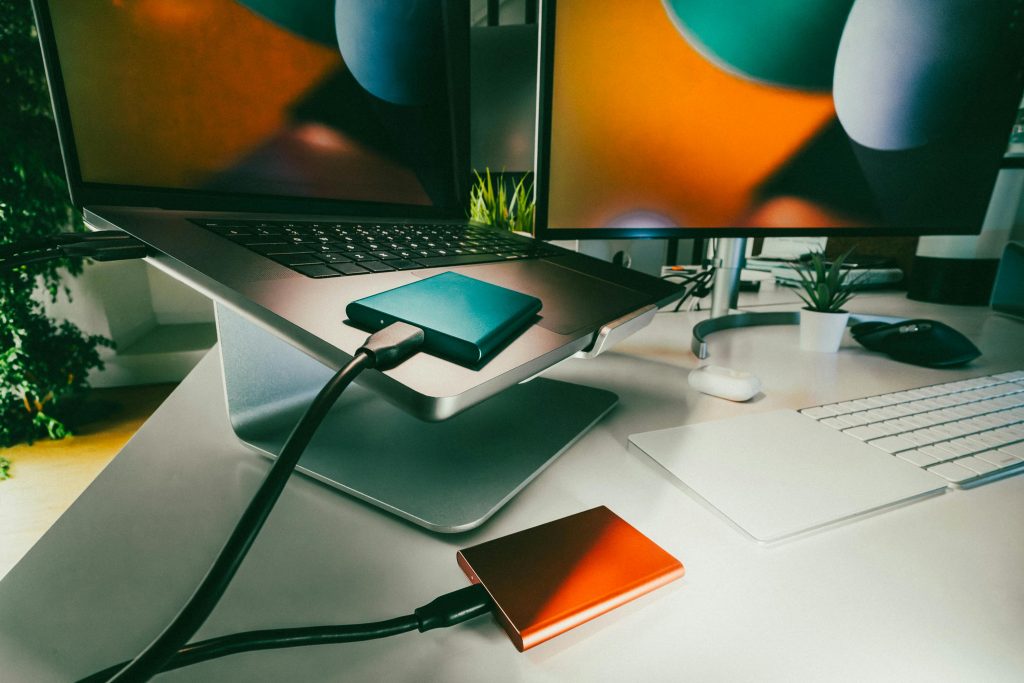A Troubling Discovery: My Encounter with a Mysterious Trojan
Recently, I faced an alarming situation when my Steam account was compromised without my knowledge. As part of my efforts to safeguard my online presence, I stumbled upon a comprehensive megathread addressing various security vulnerabilities. Fuelled by concern, I decided to run a scan using Malwarebytes, an application known for its robust protection against malware.
The scan results revealed a singular threat: “Trojan.HijackLoader.” This unsettling discovery led me to investigate further, particularly as it was flagged in the folder located at C:\PROGRAMDATA\SLIZ_PNG_1. Upon exploring this directory, I found several suspicious files, including:
- Ceack.oau
- Deetsuck.lbq
- RecordHook.dll
- rtl280.bpl (the main file flagged by Malwarebytes as the threat)
- vcl280.bpl
Immediately, I took action and quarantined these files. However, I was left perplexed. Where did these files originate? What was their purpose, and more importantly, how could I prevent such threats from infiltrating my system in the future?
Despite my attempts to find more information online, I came up empty-handed. This lack of resources only heightened my anxiety regarding the potential implications for my computer’s security.
If you’re facing a similar predicament or have encountered the Trojan.HijackLoader, I urge you to take immediate precautions. First, ensure you quarantine any reported threats and stay vigilant in monitoring your system. Always keep your antivirus software updated, and consider seeking professional help if you’re uncertain about the next steps.
The digital landscape can be daunting, but with the right measures in place, we can better protect ourselves and our devices from lurking dangers. Stay safe out there!
Share this content:




Thank you for sharing your detailed experience. The detection of Trojan.HijackLoader and the suspicious files in that specific directory definitely warrants careful investigation. While Malwarebytes is effective at identifying and quarantining threats, the particular files you’ve listed—such as
Ceack.oau,Deetsuck.lbq, andRecordHook.dll—may be components of a custom or more persistent malware strain.Here are some steps you can take to further analyze and remove this threat: